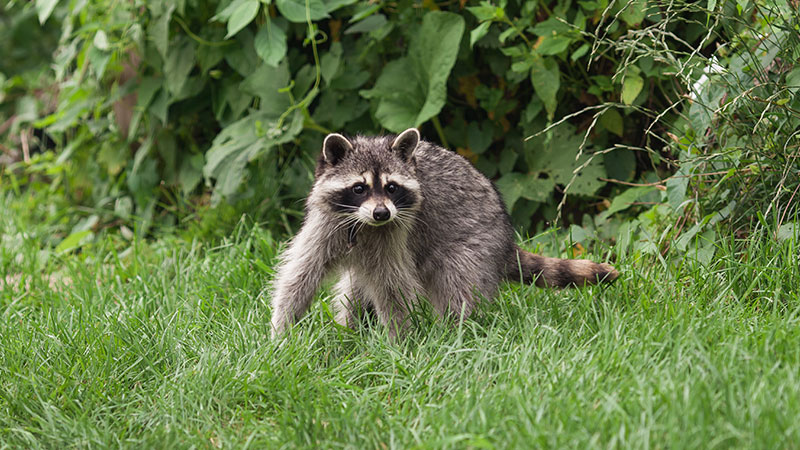Rabies -- the word alone sends shivers down the spines of pet and animal lovers everywhere. We’re all familiar with the classic image of a “mad dog” foaming at the mouth and baring its teeth, but how well do you really know rabies? More importantly, how much do you know about protecting yourself, your pets, and others?
Scroll through our rabies guide to learn more about recognizing and preventing this deadly virus.
What is rabies?
Rabies is a virus that can affect the nervous system of any mammal. Its name comes from the Latin term for “rage.” It is found nearly everywhere on the planet and -- once visible symptoms have emerged -- it is almost always fatal.
How is rabies transmitted?
The rabies virus lives in the saliva of affected people and animals and is most often transmitted through bites. Wild bats, skunks, racoons, and foxes account for most rabies infections in both people and pets. The Centers for Disease Control and Prevention (CDC) designates certain regions of the country as “reservoirs for rabies.” Nearly the entire East Coast, for example, is considered a reservoir for rabies infection via racoon.
State and country-wide laws mandating rabies vaccinations often apply to dogs alone. That’s part of why cats catch rabies more often than any other domesticated animal. Unvaccinated “outdoor cats” run a high risk of encountering wild animals and even “indoor cats” often come in contact with bats. In addition to dogs, doctors have diagnosed the virus in pets and livestock animals including horses, goats, sheep, ferrets, and pigs.
How can I tell if an animal has rabies?
Infected animals, both wild and domesticated, exhibit a range of symptoms. Docile pets may suddenly become aggressive and wild animals may become strangely passive, wandering dangerously close to humans. In general, non-specific symptoms like loss of appetite and fever give way to increasingly severe symptoms including difficulty breathing, seizures, and paralysis. The American Veterinary Medical Association (AVMA) suggests that pet owners should consider rabies a possibility if their pet exhibits any unexplained behavioral changes or paralysis.
How can I protect my pet and prevent the spread of rabies?
Rabies is not treatable after its visible symptoms have set in. It is preventable, however, with the proper precautions.
- Take your cat or dog to the veterinarian regularly to ensure their vaccinations are up to date. New pet parents can save on rabies vaccinations by enrolling in pet insurance with Defender or DefenderPlus wellness coverage.
- While outdoors, keep your pets under control and close supervision. The AVMA notes that spaying and neutering cats and dogs can help reduce the risk of them wandering outside and becoming infected.
- Avoid keeping pet food or exposed garbage outdoors.
- Avoid contact with any wild animals.
- Report any unusual animal behavior to your local animal control department.
What should I do if my pet is bitten by a wild animal?
Even if your pet is vaccinated, take immediate action after any altercation with a wild animal.
- Contact your veterinarian and local animal control authorities.
- Revaccinate and observe your pet in accordance with your vet’s recommendations and local regulations.
If your pet is not vaccinated against rabies, they may need to be euthanized immediately or placed under strict supervision for an extended period.
What should I do if I am bitten by a wild animal?
Potential rabies infection requires quick attention, but the AVMA advises potentially affected individuals not to panic. The virus is easily treatable in humans if it’s addressed early.
- If possible, capture the animal that bit you. If the animal escapes, you should contact animal control authorities and describe both its appearance and where it may have gone.
- Vigorously wash your wound with soap and water for 15 minutes and treat it with a disinfectant.
- Contact your primary care physician for advice. Depending on the circumstances, they may recommend post-exposure treatment.
Remember, rabies infection is preventable
World Rabies Day is September 28th, the perfect time to check your pet’s vaccination history. Rabies is a serious threat, but keeping yourself and your beloved pets safe is as simple as taking the necessary precautions.

